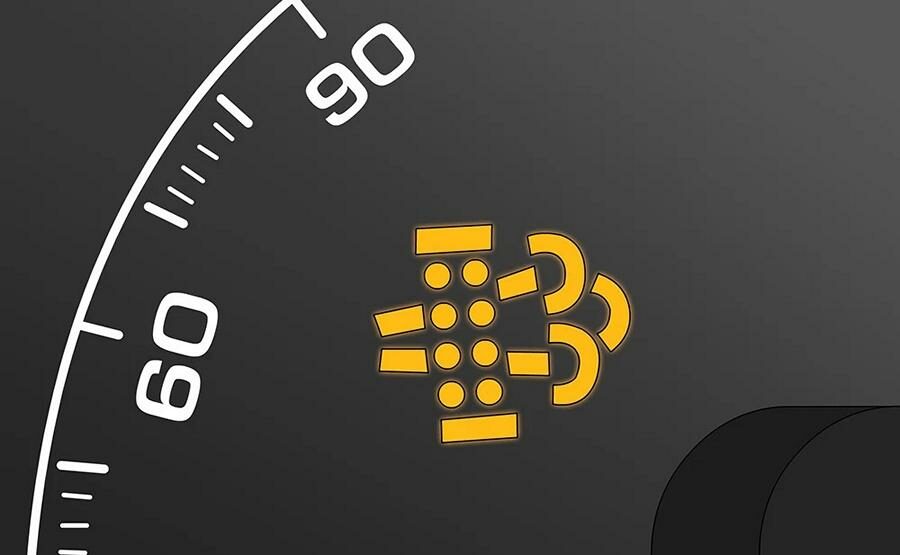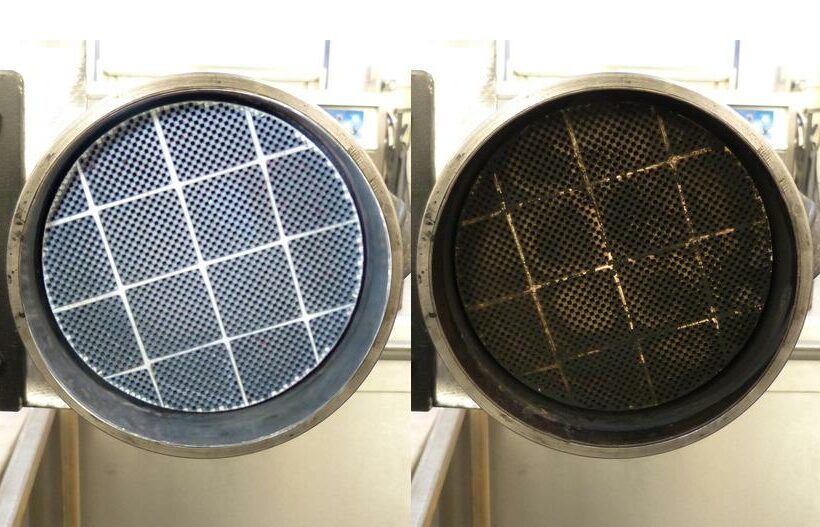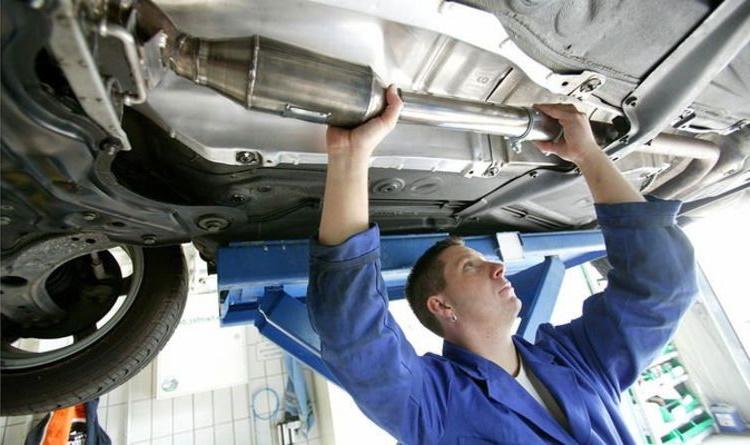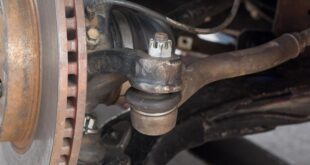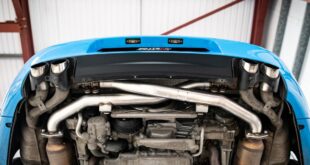Learn how to clean your car's particulate filter yourself with simple steps and the right cleaning agent. The Cleaning the particulate filter There is maintenance work in your vehicle that you can carry out yourself with a little patience and the right tools. A constipated one Soot particle filter (DPF) can significantly reduce the car's performance and even lead to expensive repairs. In this article you will learn how you can clean your particle filter yourself and thus avoid loss of performance and unnecessary workshop costs.
Clean the particle filter yourself?
There are a few things you need to do to successfully clean the particle filter tools and materials necessary. First of all you need Special automotive tools and Standard toolsto be able to remove the filter and reinstall it later. Furthermore, there is a special one Cleaning agent for soot particle filters required, like that Liqui-Moly diesel particulate filter cleaner, which is designed to effectively dissolve soot and ash.
Step-by-step instructions
- Allow the exhaust system to cool completely: It is important that your vehicle sits for at least an hour before cleaning so that the exhaust system can cool completely. This prevents stress cracks that could result from injecting the cold cleaning agent.
- Free soot particle filter: Before you can use the cleaning agent, you must Particle Filter free of other car parts that could block access. Pay attention, everyone Sensors Remove carefully so as not to damage them.
- Insert the hose on the container into the opening: Insert the cleaner hose through one of the openings in the particulate filter. This allows the agent to be used directly in the filter.
- Fill in cleaning agent: Before adding the cleaning agent, you should shake the can well. Then spray the product all in one 5-10 second intervals into the filter for 5 seconds each. While spraying, rotate the probe to ensure the detergent reaches the entire filter. Repeat this step until the can is empty.
- Reinstall sensors: After cleaning it is necessary to remove the previously removed Sensors screw it back in properly.
- Reset learning values: With a diagnostic device The learning values should now be reset so that the vehicle electronics “know” that the DPF is no longer clogged. In some cases the must Regeneration can also be started manually.
- Regeneration and test drive: Finally, leave the car outside with the engine running for about 15 minutes. To complete the cleaning process, it is recommended to have a test drive - ideally on the highway and at high speed. This helps to completely burn out the filter and remove any remaining cleaning agent.
Conclusion
The Self-cleaning of the particle filter can be an effective way to maintain vehicle performance and avoid expensive workshop visits. With the right tools, a special cleaning product, and following the steps above, you can complete this process safely and successfully.
Advantages and disadvantages
- Advantages: Self-implementation possible: With detailed instructions and the right cleaning agent, you can do the cleaning yourself. Time saving: Compared to a visit to the workshop, self-cleaning is usually completed more quickly. Cost efficient: Significantly cheaper than a visit to the workshop or replacing the filter.
- Disadvantages: Uncertain long-term effects: The effectiveness and safety of cleaning products in the long term has not been fully proven. Partial cleaning: While soot is removed, ash remains, which can affect filter performance. Possible damage: The harsh chemicals can affect the structure of the filter.
Workshop procedure for cleaning
- Chemical cleaning: Use of special solvents to flush the filter. Often combined with steam jets, although both methods can damage the filter structure.
- Mechanical cleaning: The filter is placed in a kiln 500 to 600 degrees Celsius heated to burn soot residue. The remaining ash is then removed with compressed air. This process can take several hours to days.
Self-cleaning of the particle filter
- How can I clean the particle filter myself? One way to clean the DPF without dismantling is this "Free ride". To do this, drive on the highway for about 15 to 30 minutes at consistently high speeds (e.g. 120 km/h) and in the lowest possible gears (3-4 gears). The resulting high temperature in the filter leads to self-cleaning and regeneration.
Dealing with a clogged particulate filter
- Can you continue driving with a clogged particulate filter? It is strongly advised not to continue driving with a clogged DPF. The resulting excess pressure in the exhaust system can lead to consequential damage to the engine and the exhaust system.
Signs of a full particulate filter
- How do you know that the particle filter is full? A full DPF will result in reduced engine performance, increased fuel consumption, increased engine temperature, changes in engine oil and potentially serious damage.
- What speed to burn free? To regenerate the filter, a journey of around 15 minutes at speeds over 60 km/h and a speed of more than 2.000 rpm or the motorway variant mentioned above is sufficient.
Lifespan and maintenance
- How long does a particle filter last on short journeys? The lifespan of a DPF can be reduced if you drive frequently for short distances. The maintenance intervals vary between 120.000 and 180.000 kilometers depending on the model.
- How long does a cleaned particle filter last? The lifespan of a cleaned particulate filter depends on the cleaning method and driving behavior. Regular maintenance and correct cleaning can significantly extend the service life.
The following note is essential: For safety reasons, tuningblog recommends all repair, inspection and maintenance work exclusively to be carried out in a specialist workshop! Although our information is summarized to the best of our knowledge and belief, we cannot assume any liability for the content. All information is therefore "without guarantee".
That wasn't it yet!
In our Auto Repair Category you will find advice and instructions on common vehicle defects, repairs and the installation of accessories/tuning parts.
 tuningblog.eu Your magazine about tuning the car
tuningblog.eu Your magazine about tuning the car
